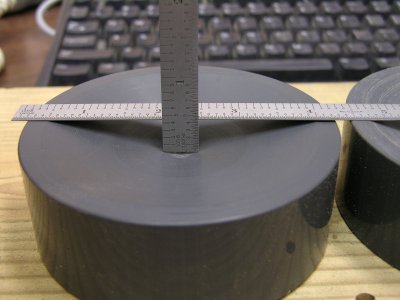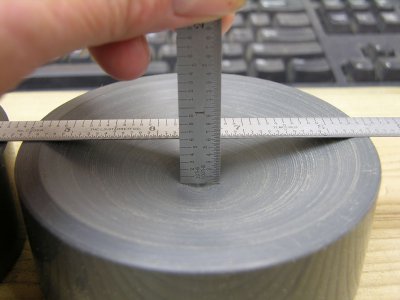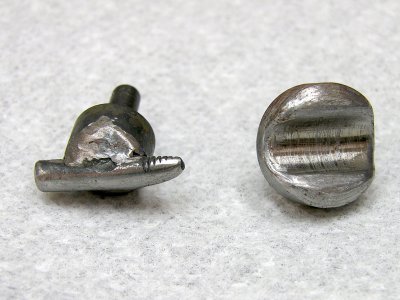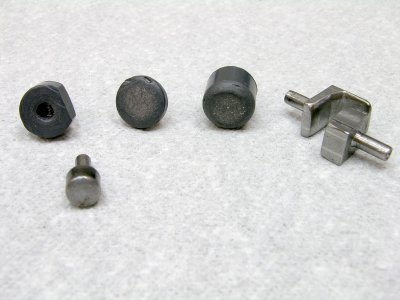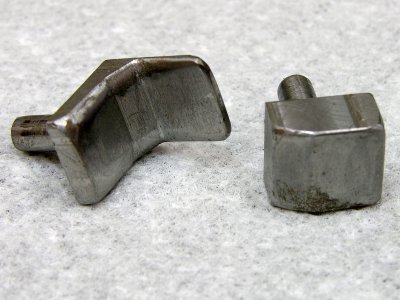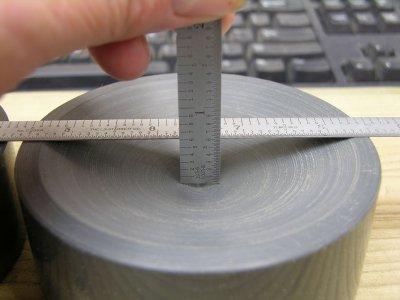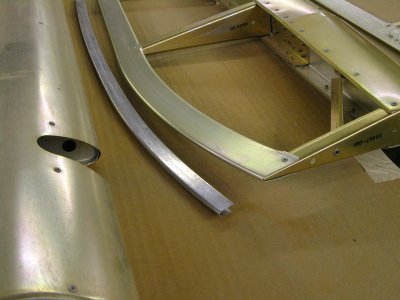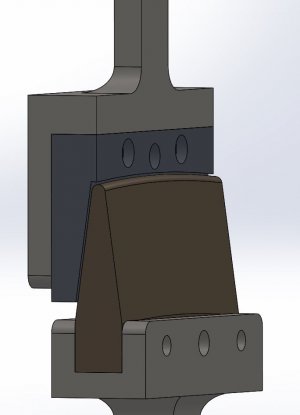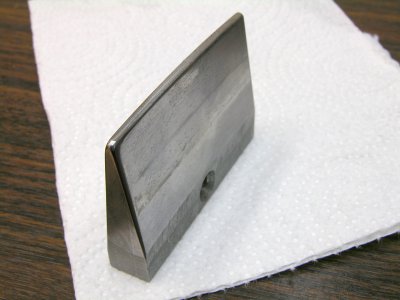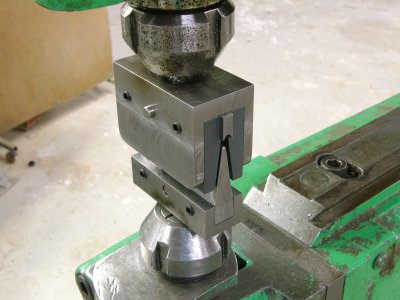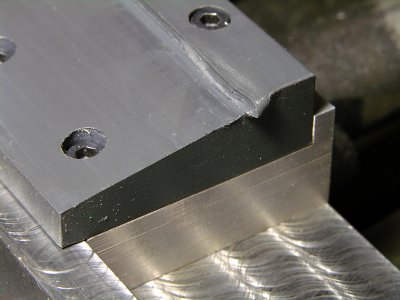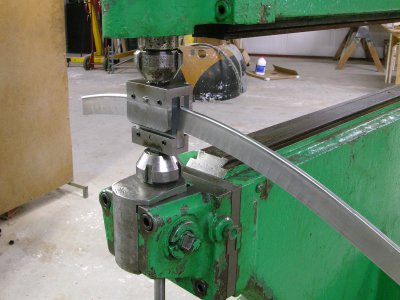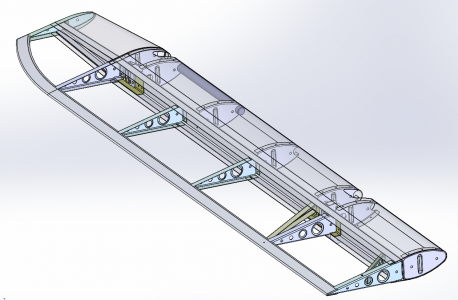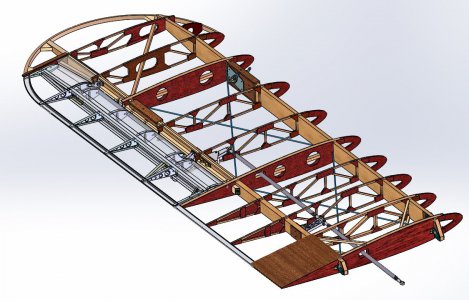- Joined
- Jun 28, 2021
- Messages
- 142
And to address your other comment -- yes, the stretching done to create the halves leaves the metal thin. The original pants were made from .050" material, the ones made for the DGA-8 started out as .063" thick material. If I had had that tooling for the halves I would have made the initial blank out of maybe three pieces and made sure most of the metal that needed to be in the cavity was in there from the start. That way there would be little stretching and thinning, just enough to finish the shape. Or I would have used the tooling to flow-form the part and not use the water at all. In developing the process for water forming they busted the aluminum on more than one attempt. They finally backed off on the pressure and did more anneal cycles to get acceptable parts.


